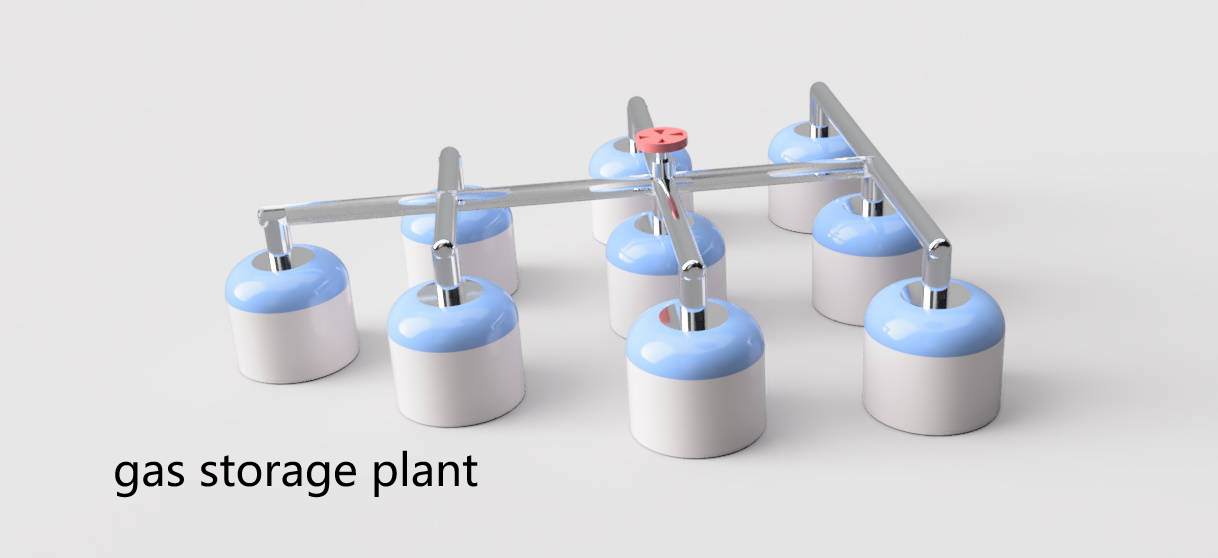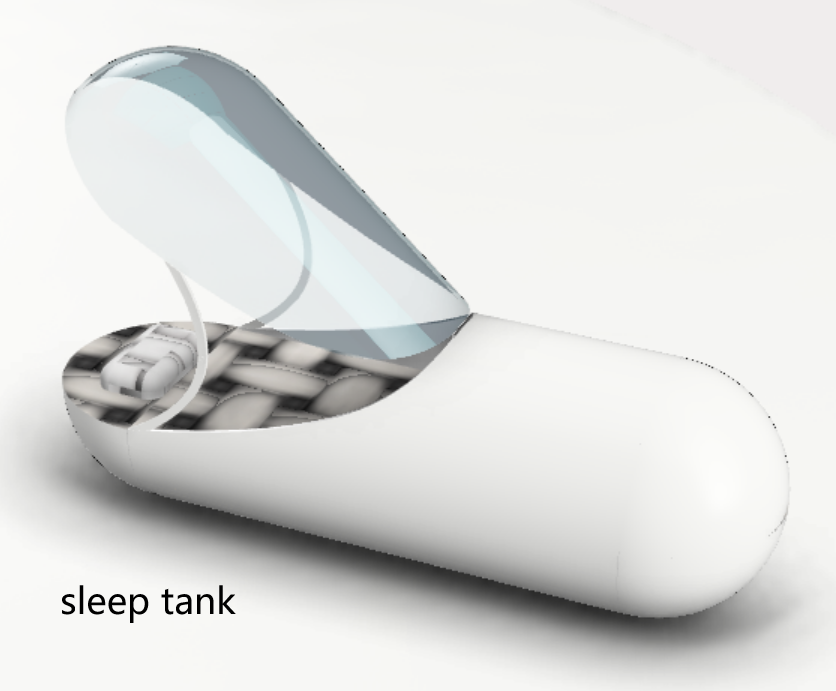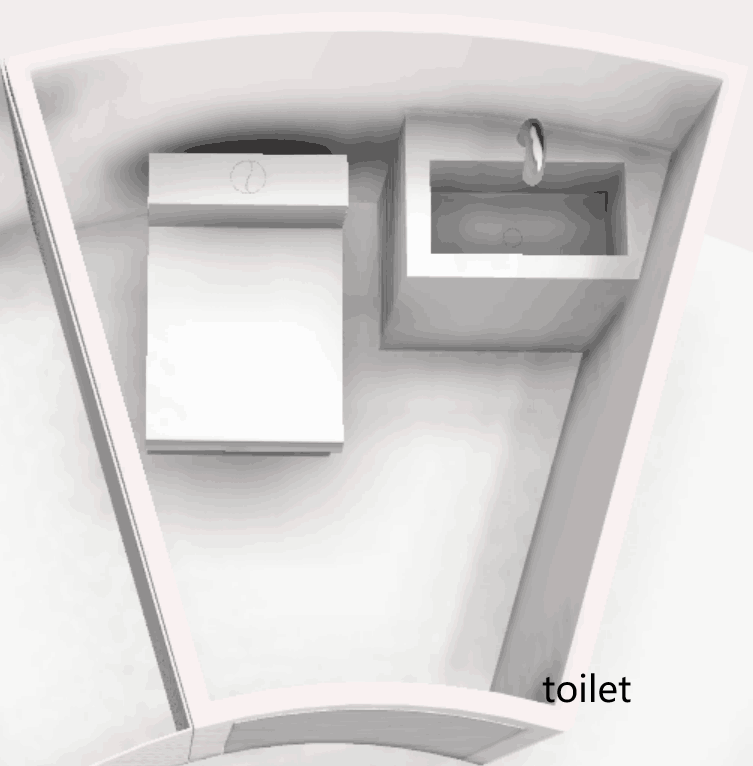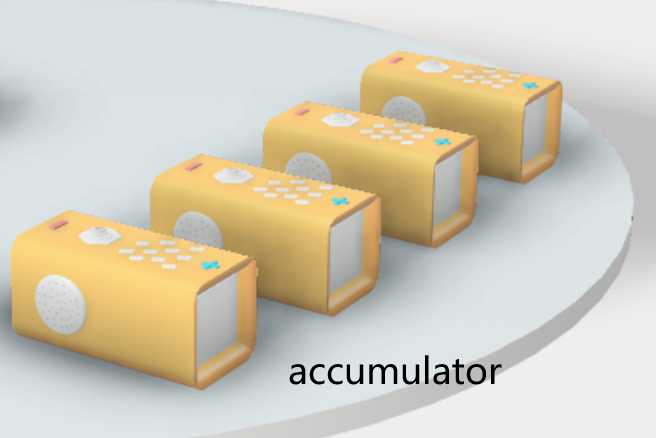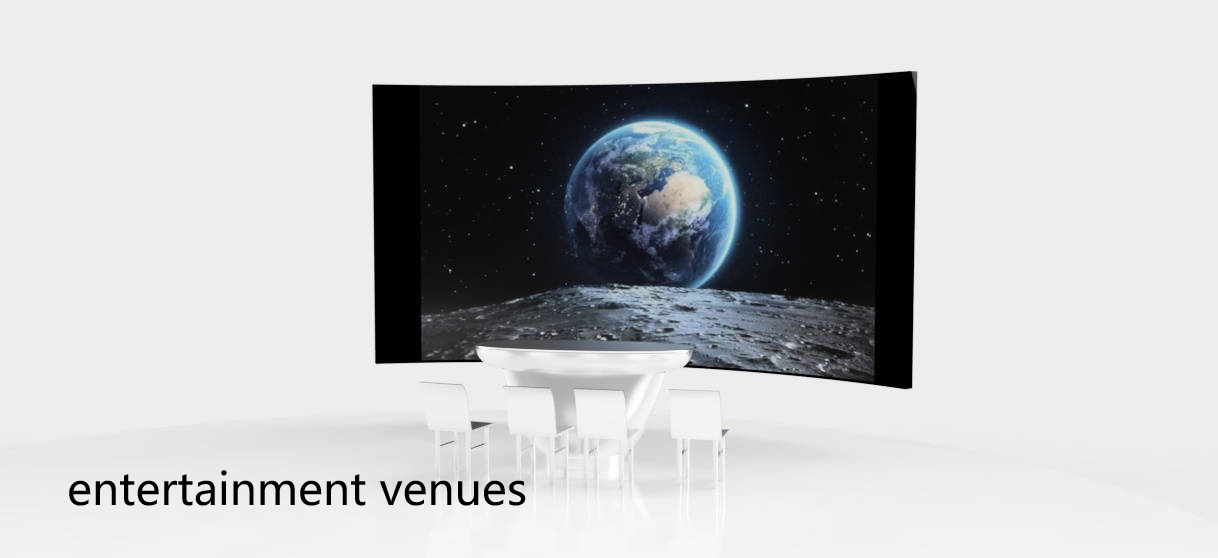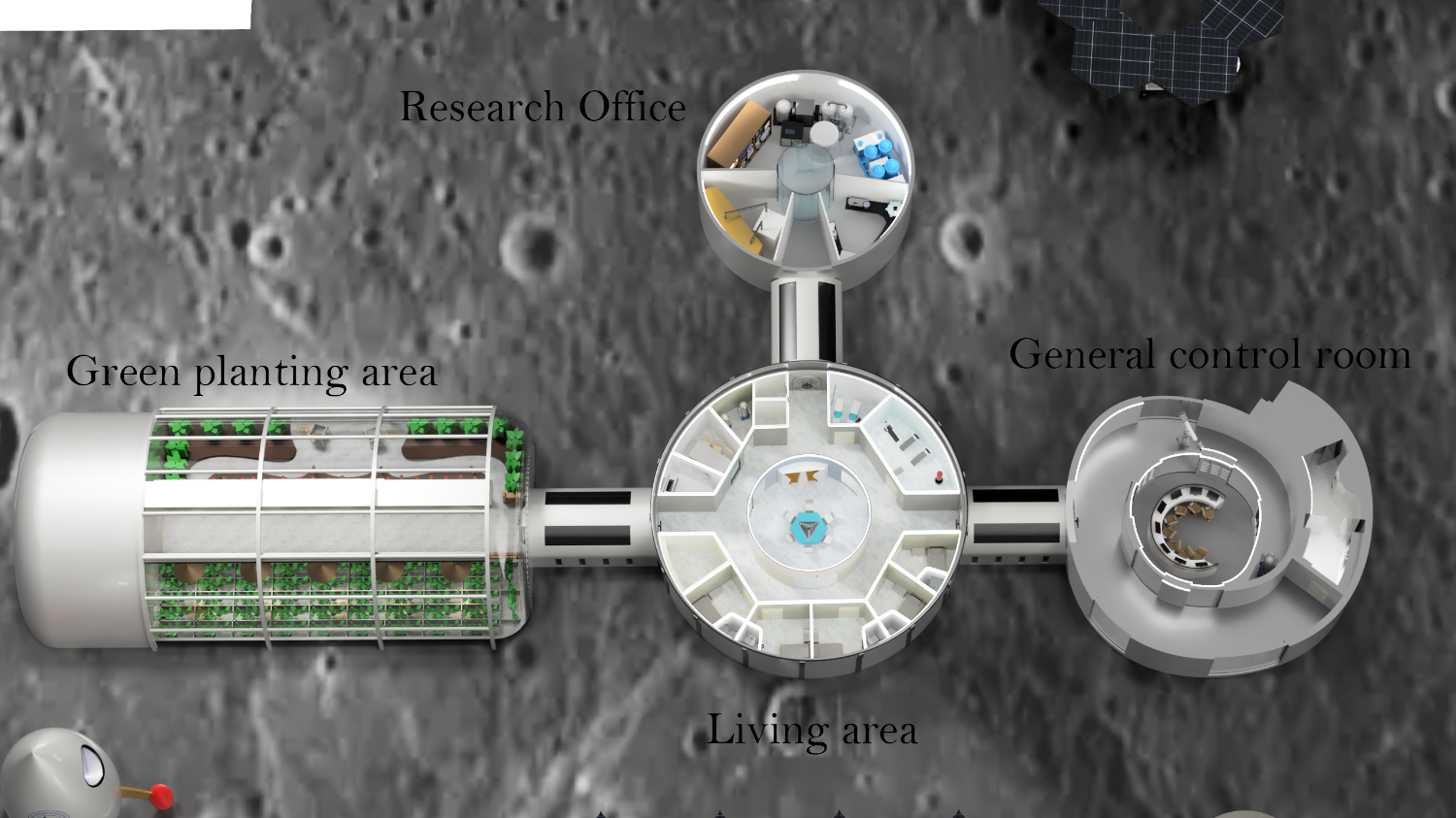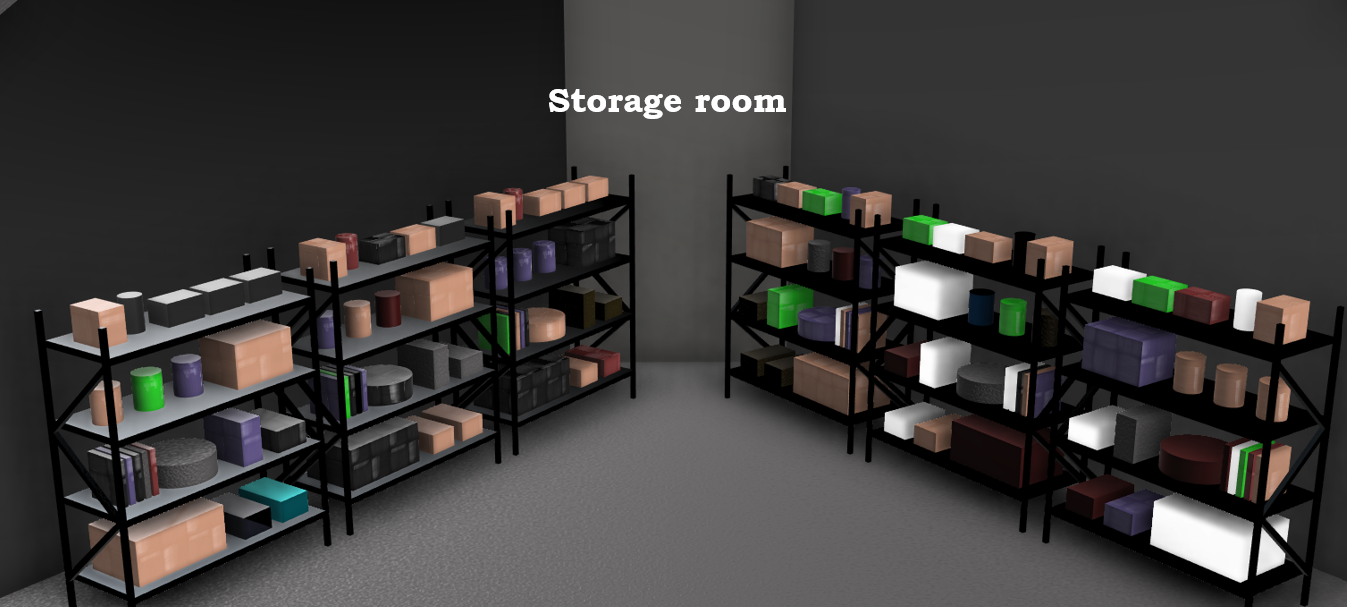Moon Camp Pioneers Gallery 2021-2022
In Moon Camp Pioneers each team’s mission is to 3D design a complete Moon Camp using Fusion 360. They also have to explain how they will use local resources, protect astronauts from the dangerous of space and describe the living and working facilities.
Team: Polaris camp
郑州轻工业大学附属中学 河南省郑州市 China 19, 18 5 / 2
External viewer for 3d project
|
Project description
The moon is worthy of people’s yearning and pursuit. The goal of the Polaris camp is to create a space environment that can survive on the moon for a long time. It will build on existing technologies and the current state of discovery by lunar exploration scientists to build on all aspects needed for life and research, developing lunar resources. The extraction and recovery of water resources, the storage of solar energy resources, and the manufacture of oxygen have increased the possibility of extracting oxygen and hydrogen from lunar ice as rocket fuel, and strive to build the moon into a space gas station to reduce the cost of future space travel and Mars exploration. Here, we have built modules such as living areas, green plant rooms, research rooms and outdoor buildings to provide the necessary conditions for living and scientific research, while covering the area, avoiding radiation damage and meteorite influences, flowing out of the observation area, observing meteorite orbits, lunar environments, etc. |
|||
|
2.1 Where do you want to build your Moon Camp?
We will build a base near a rock crater called Shackleton at the south pole of the moon. The lunar base is located at the north and south poles of the moon, where there is long-term continuous insolation, which provides convenient conditions for the use of solar power generation and solves the energy supply problem of the base. Because the Sun at the North and South Poles of the Moon is almost flat and has no atmosphere, light is not refracted, so there will never be sunlight at the bottom of the pole impact crater. Permanently shaded areas of the Antarctic and Arctic may have a horizontal component, so water resources may be found in the region. This area is exposed to the sun 80% of the time and has a permanent shadow area in the impact crater, so we used this area as our lunar base construction point. 2.2 How do you plan to build your Moon Camp? Describe the techniques, materials and your design choices.
Considering the difficulty of building and building materials on the moon, we use 3D printing technology to reduce the difficulty of manpower. The camp was built using mainly a mixture of lunar soil and urea-geopolymers to block dangerous ionizing radiation, in addition to technologies such as basic isolators, elastic cables and Whipple shielding. The large protective cover outside the camp consists mainly of three layers of material. The outermost layer is titanium alloy, and the central part is a new high-efficiency radiation-proof glass material developed by. The interior is made of nano-ceramic hollow beads, silicon aluminum fibers and various reflective materials. 2.3 The environment on the Moon is very dangerous for the astronauts. Explain how your Moon Camp will protect them. (maximum 150 words)
|
|||
|
2.4 Explain how your Moon Camp will provide the astronauts with:
|
Water
|
Food
|
Power
|
Air
|
|
There is abundant water resources in the remnants of impact craters of asteroids and moons near the base. Sunlight or other radiation can be used to evaporate the remaining water ice from the moon’s asteroid impact craters, which can then be collected for water resources. Lunar ice can be sought at the lunar poles through neutron spectrometers to obtain water resources. Hydrogen and oxygen can also be electrolyzed into water using a laboratory electrolysis device to obtain water resources. |
In the earliest stages of entering the moon, we will carry some of the foods on Earth including genetically modified potatoes, cabbage and seedlings of other vegetables. It is enclosed in a greenhouse environment and grown under LED illumination by hydroponic technology. After a period of time, the seedlings can be directly consumed by humans, replenishing the carbohydrates, sugars, vitamins and other nutrients needed for life. Meat and protein supplements are mainly liquid foods that are processed from Earth and carried to the moon. |
It is mainly obtained by solar panels. By covering the panel with a thin crystalline material called perovskite, the power generation of the battery is increased, reducing the overall cost of clean power. Due to the rotation of the moon, photovoltaic power generation may not be available in time. Isotope thermoelectric generators based on 238Pu isotope heat sources and nuclear batteries that use isotope decay to generate heat guarantee the heat of the system. |
An air reserve source is essential. First, it works through the operation of the green plant chamber to provide a source of oxygen. Second, oxygen is obtained by electrolyzing water. At the same time, we found that the lunar soil also contains air components, so it can also be extracted by melt electrolysis. |
|
2.5 Explain what would be the main purpose of your Moon Camp.
The purpose of the lunar camp was mainly scientific research. Human exploitation is endless, but the earth’s resources are limited. Build camps on the moon, relying on vacuum and low gravity conditions that the Earth cannot replicate, to discover resources as efficiently as possible, to conduct timely field scientific research, to excavate lunar resources, and to apply them to the development of the Earth. In addition, the Moon is the closest celestial body to Earth and one of the possible options for colonization, so it is crucial to study and explore it. Humans can conduct exercises on the moon and try to verify the development of base construction, material supply plans, space observations, extreme conditions testing, etc., which will serve as a basis for exploring other celestial bodies in the universe to provide important theoretical and technical data support. |
|||
|
3.1 Describe a day on the Moon for your Moon Camp astronaut crew.
In order to maintain good health, astronauts have a time schedule on the moon similar to earth’ schedule, keeping the body’s time clock balanced. The astronauts wake up at about six o’clock in the morning, wash in the living area, and start the day. Wear the indoor overalls you need for the day. After adjusting the status, debug the wireless network so that team members can communicate with each other. Around 7:30 is the time for breakfast. After breakfast, turn on casual items and outdoor spacesuit. Today’s scientific research and exploration missions begin around 8:30. Astronauts start their day’s work in chronological order. First, they need to go to the lab to study, analyze, and organize the resources that have been explored and discovered. Around ten o’clock, ore and rocks will be collected outdoors for actual special environmental exercises and other activities. Around twelve o’clock, eat fruit to get enough vitamin C and close off the unfinished parts. It progresses until 12:30 and the lunch life begins. Then take advantage of the 20 to 30-minute lunch break to recharge your batteries. After waking up, go to the designated place to unpack the courier or the goods on the earth, take them to the living area, work area, etc., and distribute them as needed. At about 2:30 p.m., go to the factory area to take care of vegetables and fruits. These fruits and vegetables can be used to explore the viability of space agriculture, and can also provide the oxygen astronauts need to some extent, although some of them can also be used as food. After 4:30, astronauts can carry out collective entertainment activities, such as weightless games, such as space athletics, which is a highly sought after activity, and can also experience real “fruit cutting” games, graffiti jumping games, etc., to meet the needs of astronauts’ spiritual level. You can also experience the real “cut fruit” game, graffiti jumping game, etc., to meet the needs of the astronauts’ spiritual level. Sometimes, astronauts can also watch movies, read books and talk to their families. After the entertainment, the astronauts will sort out their minds and work together to clean up the camps. Dinner around seven. At about 8 o’clock, the astronauts held a meeting and then collated the day’s work log and findings for research and analysis the next day. At about ten o’clock, the astronauts went to bed. |
|||



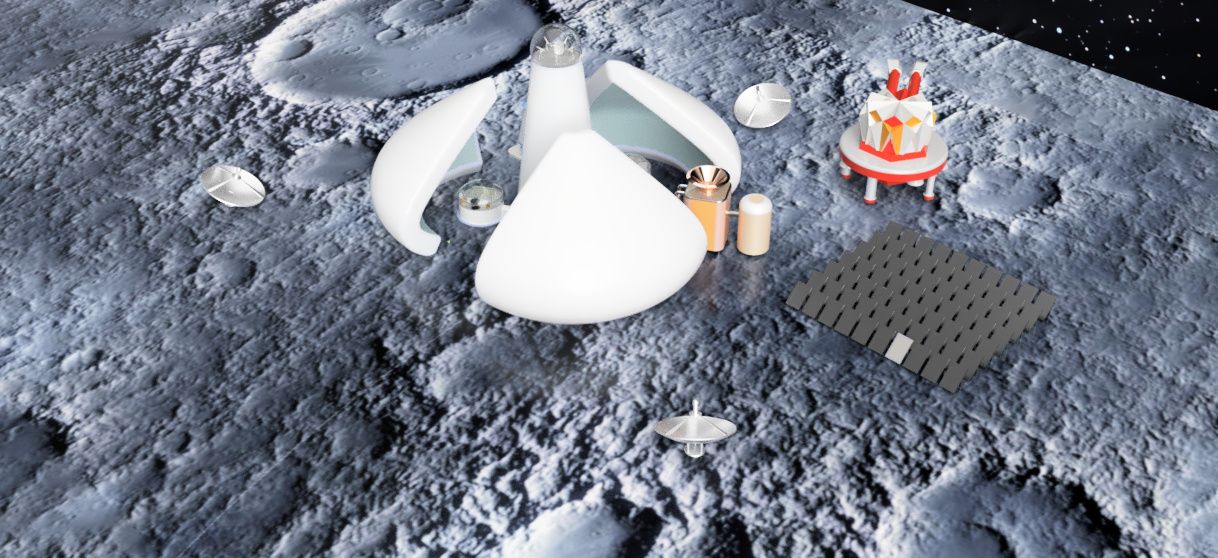
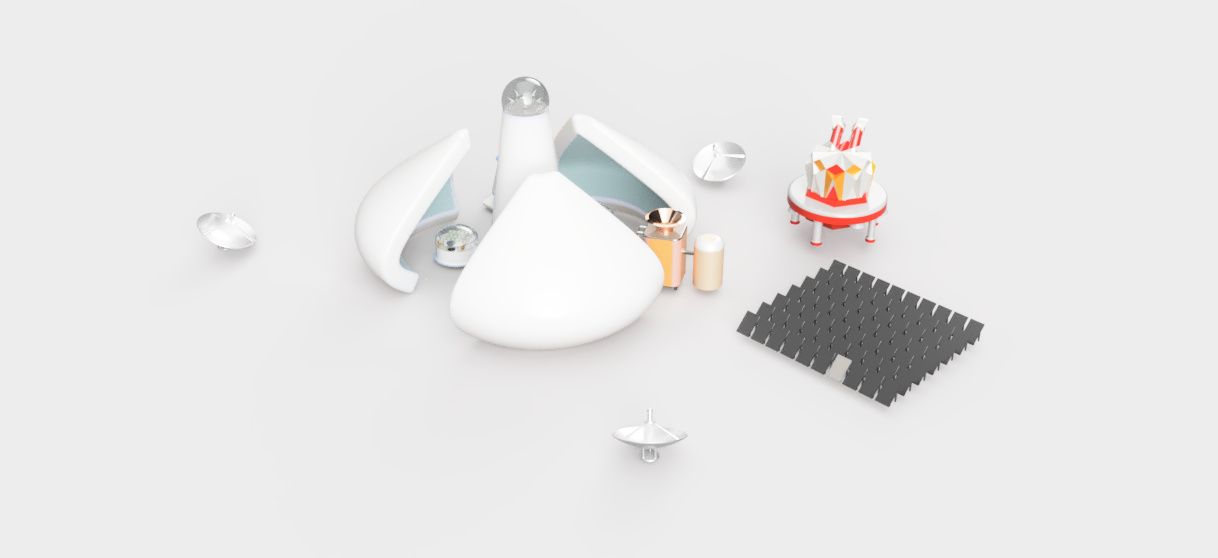
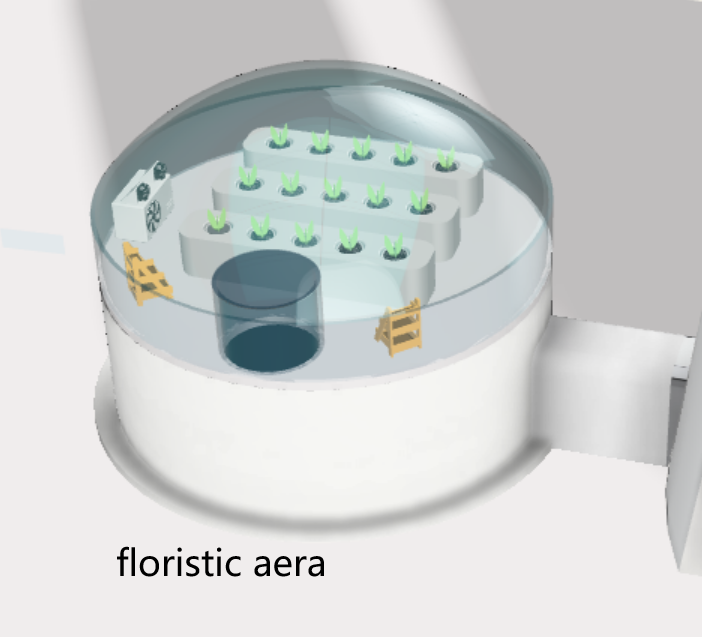
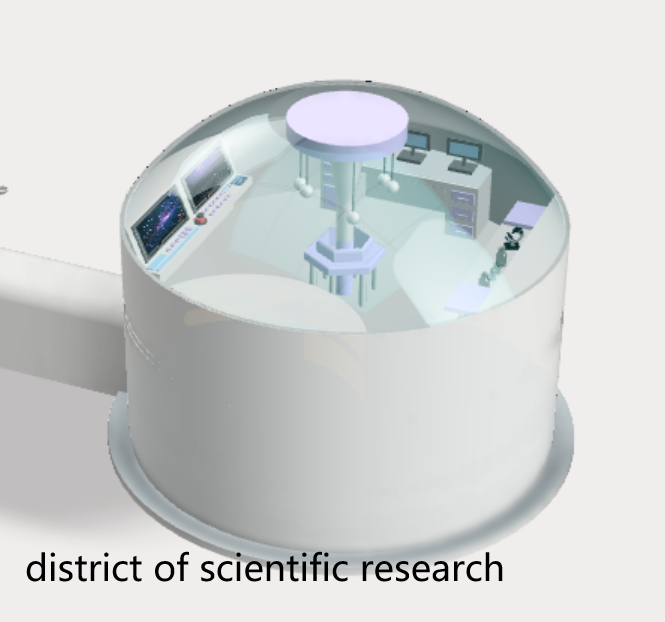
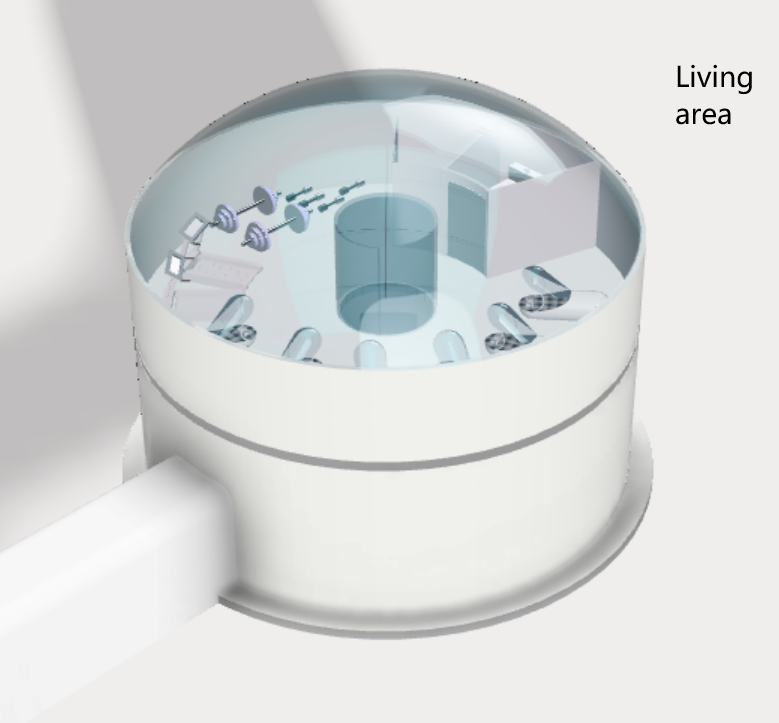
-1.png)
.png)
.jpg)
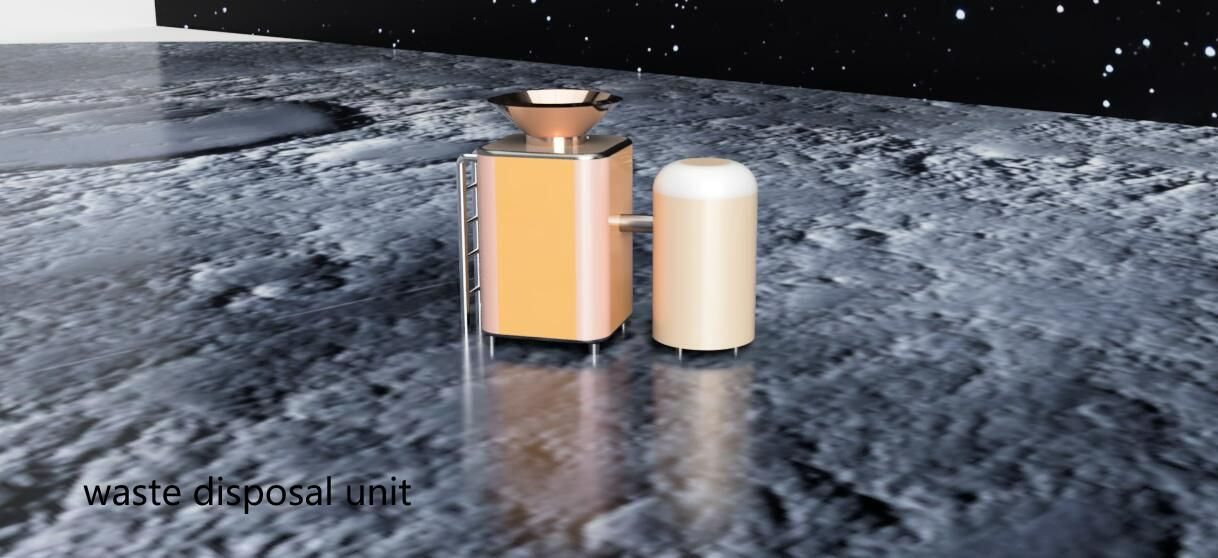


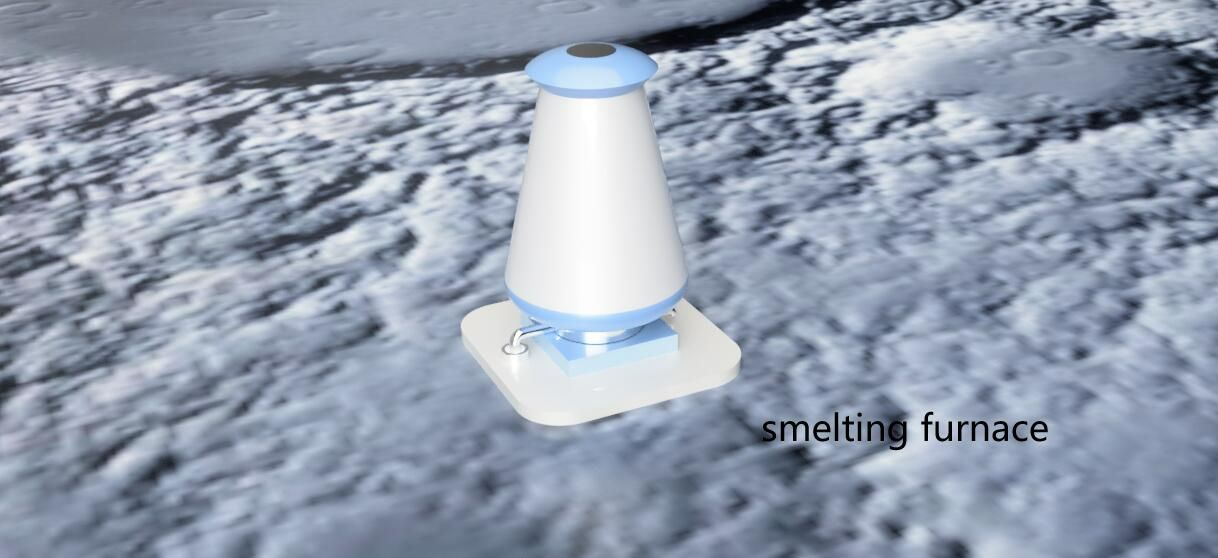
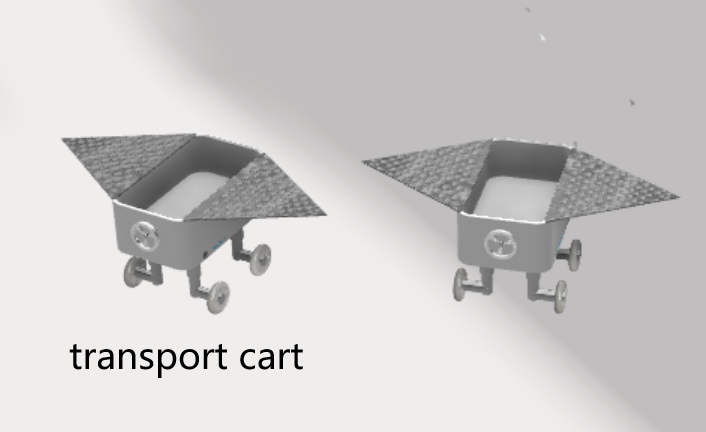
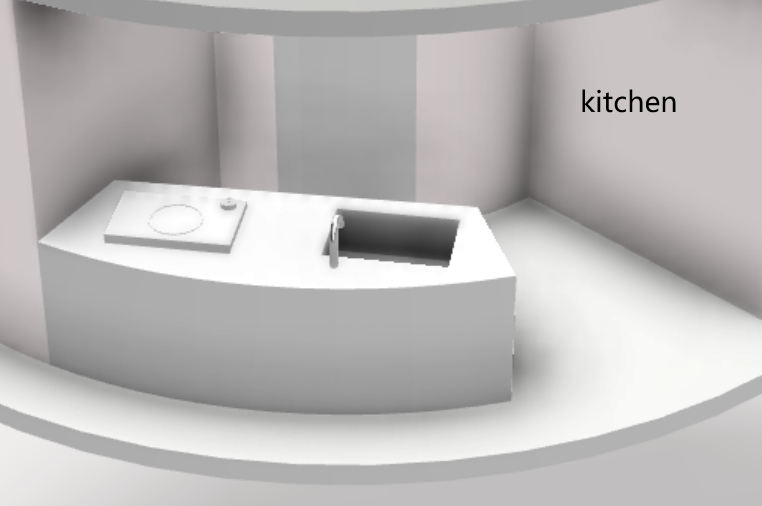


.png)

.png)
